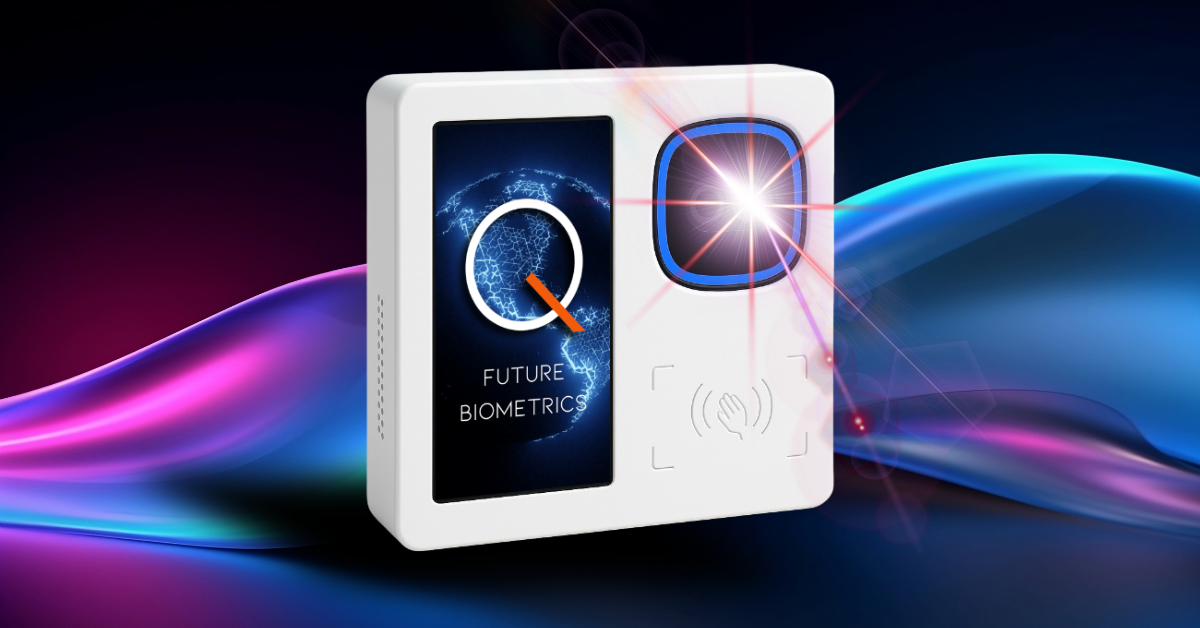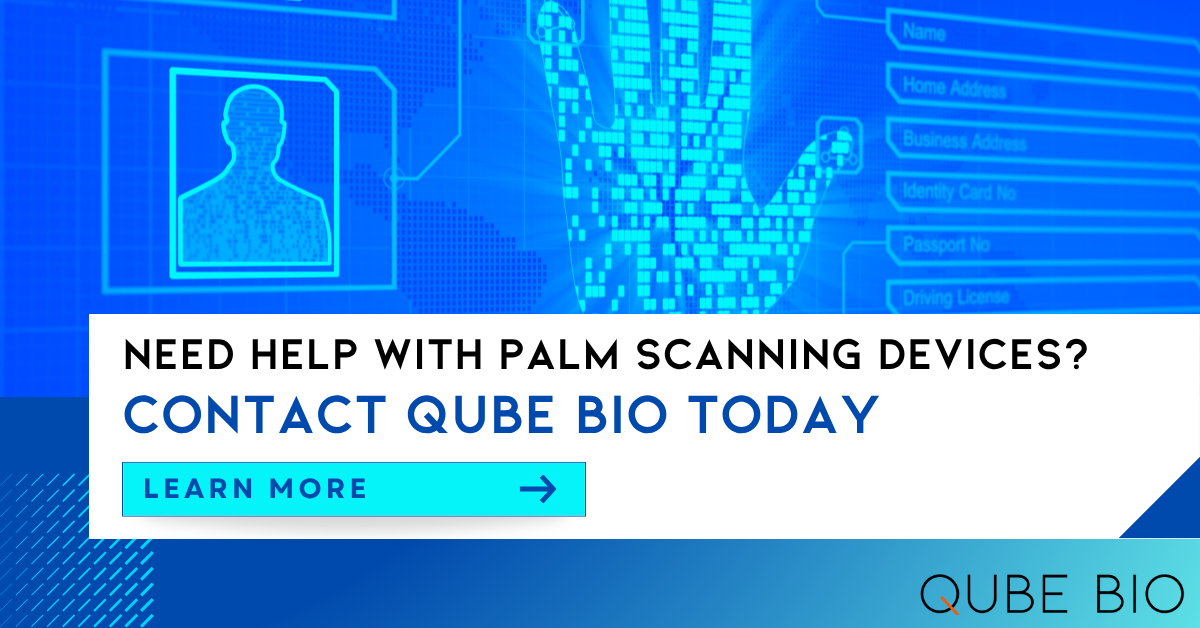Categories
Biometric technology has become a cornerstone of modern security, offering a seamless way to verify identities using unique physical or behavioral traits. From unlocking smartphones with a fingerprint to accessing secure facilities with iris scans, biometric templates are at the heart of these systems. But what exactly is a biometric template, and how is it created and stored securely to protect user privacy?
This article delves into the intricacies of biometric template creation and storage, exploring the processes, technologies, and safeguards that ensure both functionality and data protection.

NIR palm scanners leverage the unique absorption properties of hemoglobin under near-infrared light to capture and analyze subcutaneous vein patterns. This section dissects the intricate workings of the technology, from light interaction to template matching.
The core of NIR palm scanning relies on the interaction of near-infrared light (700–900 nm) with biological tissues. Deoxygenated hemoglobin in veins absorbs NIR light more strongly than surrounding tissues, creating a high-contrast shadow of the vascular network.
A brief overview: The scanner illuminates the palm with NIR LEDs, and a high-resolution camera captures the reflected light to produce a raw vein image, which is then processed for analysis.
This stage transforms the preprocessed image into a compact, secure biometric template.
Feature Detection
Algorithms like Hessian-based ridge detection identify vein centerlines, branching points, and endpoints (minutiae).
Topological Mapping
Graph-based models represent veins as interconnected nodes, capturing spatial relationships.
Dimensionality Reduction
Techniques like Principal Component Analysis (PCA) or Local Binary Patterns (LBP) reduce data to a ~1 KB template, balancing storage and accuracy.
Template Encryption
Advanced Encryption Standard (AES-256) secures templates, ensuring they cannot be reverse-engineered into raw images.
Hashing
Some systems use cryptographic hashing (e.g., SHA-256) to store anonymized identifiers, enhancing privacy.
A brief overview: The system compares the captured template against a database to verify identity, using advanced algorithms to ensure speed and accuracy.
Distance Metrics
Hamming or Euclidean distance measures similarity between templates, with thresholds set to minimize false acceptance (FAR < 0.00008%) and false rejection (FRR < 0.01%).
Machine Learning
Convolutional Neural Networks (CNNs) or Deep Belief Networks (DBNs) enhance matching by learning complex vein patterns, achieving recognition in ~0.3 seconds.
Liveness Detection
Temporal analysis of blood flow or thermal signatures prevents spoofing with printed images or prosthetics.
Scalability
Bloom filters or Minutiae Cylinder-Code (MCC) enable fast matching in large databases (e.g., 1 million templates).
Real-Time Processing
GPUs or embedded DSPs ensure sub-second latency, critical for high-traffic applications.
This section traces the evolution of NIR palm scanning from early biometric concepts to modern implementations.
NIR palm scanners are deployed across diverse sectors, leveraging their accuracy and hygiene.

Advancements in AI, sensor miniaturization, and multi-modal biometrics are propelling NIR palm scanners toward widespread adoption, with the global biometrics market projected to reach USD 267.05 billion by 2033.
Innovations like ZKTeco’s 3-in-1 scanner, integrating palm veins, prints, and shapes with near-zero error rates, and Samsung’s 2025 patent for mobile palm recognition using smartphone cameras highlight the technology’s potential for secure, accessible authentication.
Applications are expanding across IoT, healthcare, and retail, with systems like Amazon One and Redrock Biometrics’ PalmID enabling contactless payments and smart device access. Despite challenges like hardware costs and environmental sensitivity, adaptive algorithms and low-cost NIR sensors are driving growth, particularly in Asia-Pacific and North America, positioning NIR palm scanners as a cornerstone of seamless, secure identity verification in smart cities, transportation, and beyond.
NIR palm scanners are redefining biometric authentication with their blend of accuracy, security, and user-friendliness. From their origins in the 1980s to their current role in payments, healthcare, and access control, these devices showcase the power of leveraging internal biological traits for identification. As technology advances and adoption grows, NIR palm scanners are poised to become a ubiquitous tool in securing our digital and physical worlds, offering a glimpse into a future where identity verification is seamless, private, and unassailable.